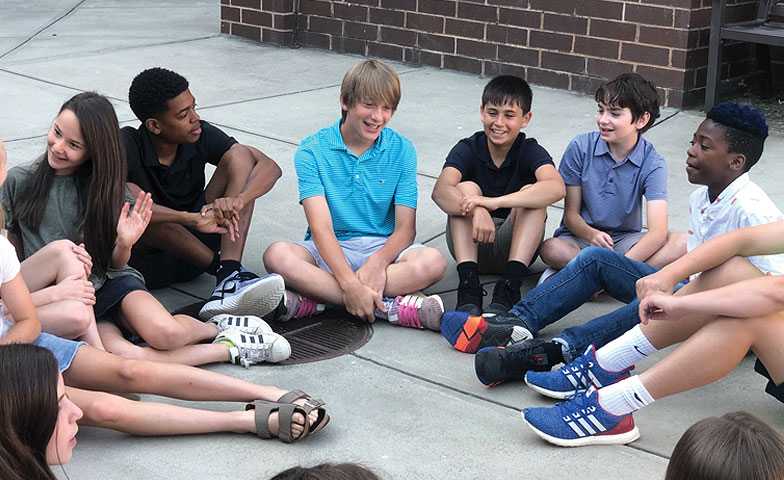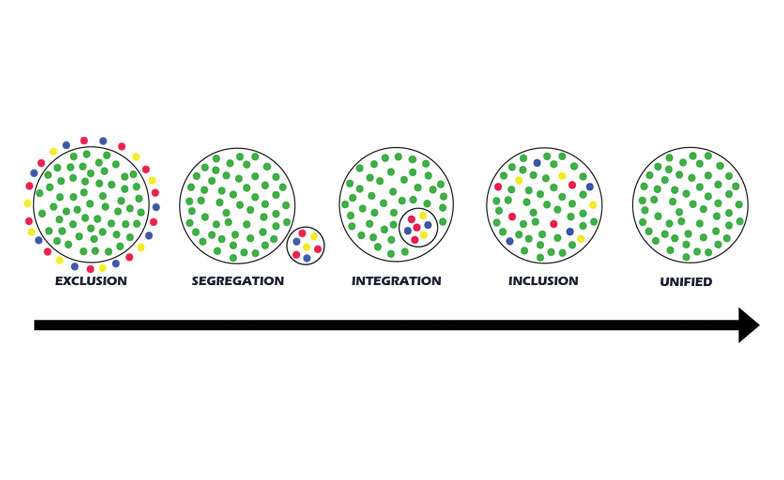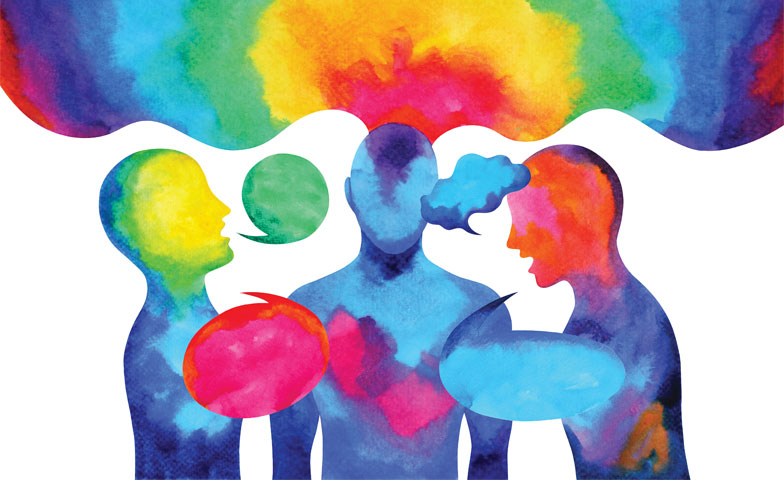Diversity and Social Equity
Research Summary Introduction The numbers of deaf and hard of hearing (D/HH) students mainstreamed in classrooms today is growing (Kelman & Branco, 2009). More than 87% of D/HH students receive instruction in general education classrooms (U.S. Department of Education, 2015). Within the D/HH student population, more than 40% are students with disabilities, also referred to
0

Integrating social responsibility across the content areas During middle school, students begin to strengthen their ideas and beliefs about themselves and the world around them. To become socially responsible citizens, students need the skills to explore controversial issues through various lenses, respect the ideas of others, better understand themselves, and determine how they can impact
0

Growing a culture of inclusion builds bonds and improves opportunities for all students For the life of me, I cannot remember having a significant interaction in middle school with my peers who had disabilities. I’m not a particularly forgetful person; I have many memories from my small town middle school in Iowa—some good ones, some
0

Helping students understand themselves so they can understand the world Allowing students to see perspectives other than their own is a critical component of transformative learning. In my current teaching environment, I get to see the results of this as students encounter other cultures through experiential travel and grapple with new perspectives in real time.
Read More… from How Can We Use Dialogue to Empower Our Students?
0

Asking—and listening—to our students pays off Last night I saw the play Dear Edward Hansen with my 14-year-old eighth grader, Zoey. It’s amazing, of course, but one thing that really struck me was the audible sobbing during the show. This is a play about a suicide, social media, mob mentality, and absolute loneliness, so tears were inevitable.
Read More… from What Does Social Responsibility Mean to a Middle Schooler?
0
0